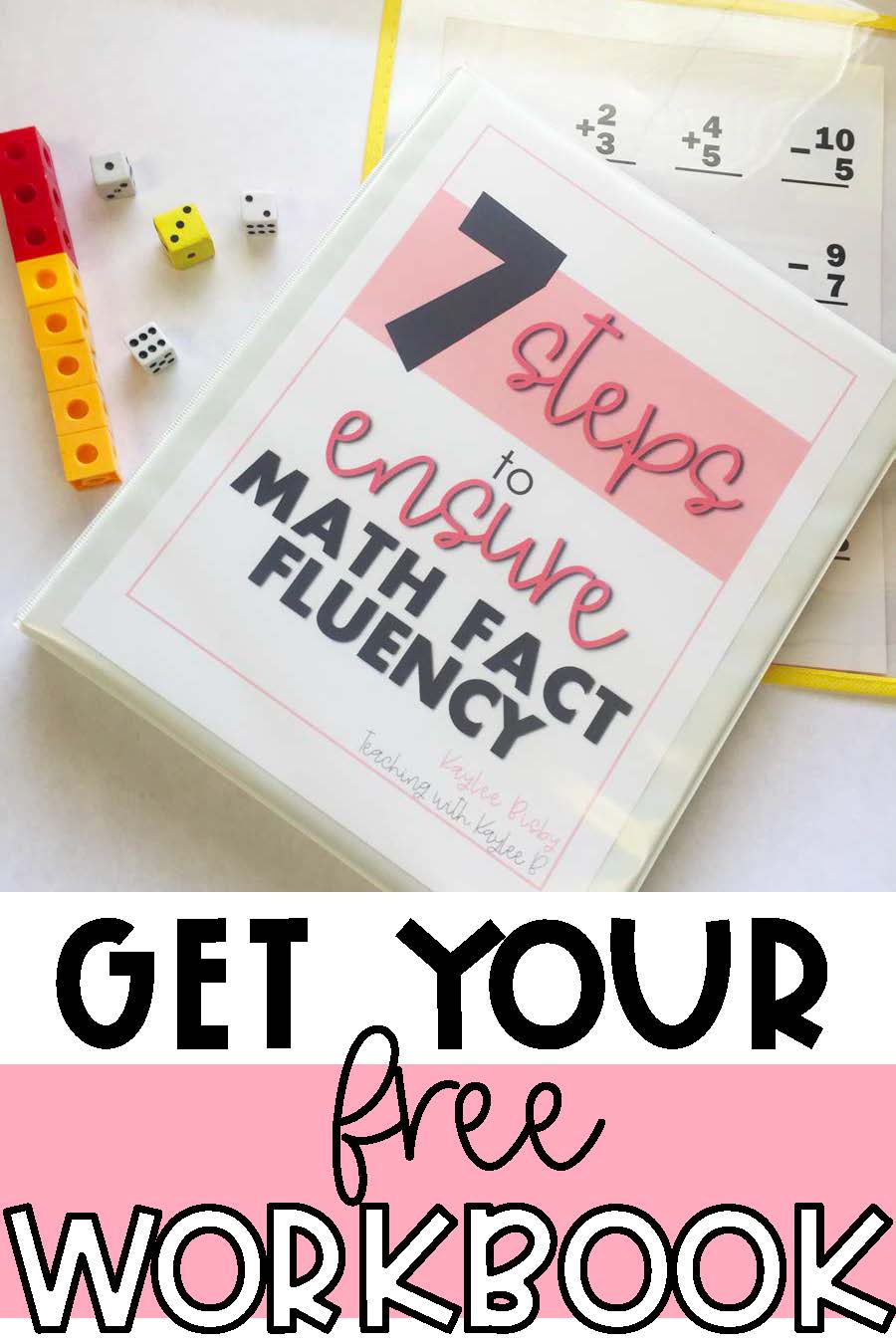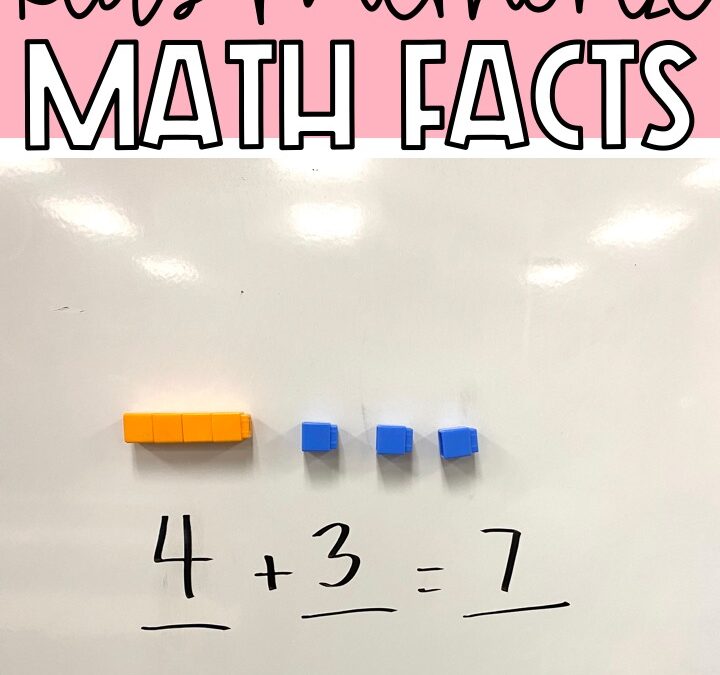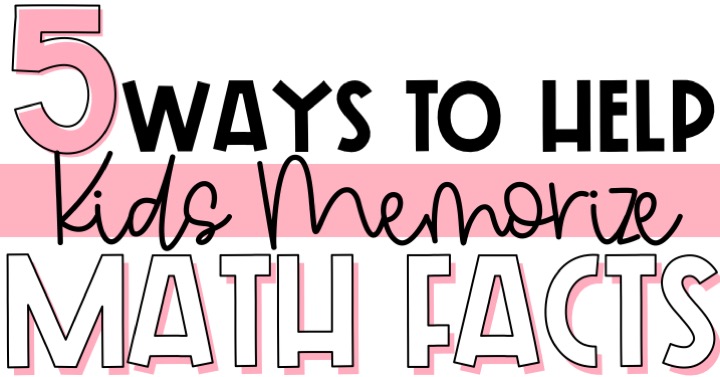 It is one of our goals as teachers to help students memorize basic math facts. But what is the best way to do that? Some students just have a hard time memorizing. You could drill your students on timed tests and flashcards, but I find that just frustrates my students. That is why I use other tools and strategies to help my students memorize basic math facts. Here are 5 ways to help kids memorize basic math facts.
It is one of our goals as teachers to help students memorize basic math facts. But what is the best way to do that? Some students just have a hard time memorizing. You could drill your students on timed tests and flashcards, but I find that just frustrates my students. That is why I use other tools and strategies to help my students memorize basic math facts. Here are 5 ways to help kids memorize basic math facts.
1. Repetition:
Students need practice! They need practice every day. You could have students practice with timed tests, but I have found that students get burned out with that pretty quickly. I have my students play games for practice fluency with basic math facts. We use math fact games as fast finishers in our classroom.
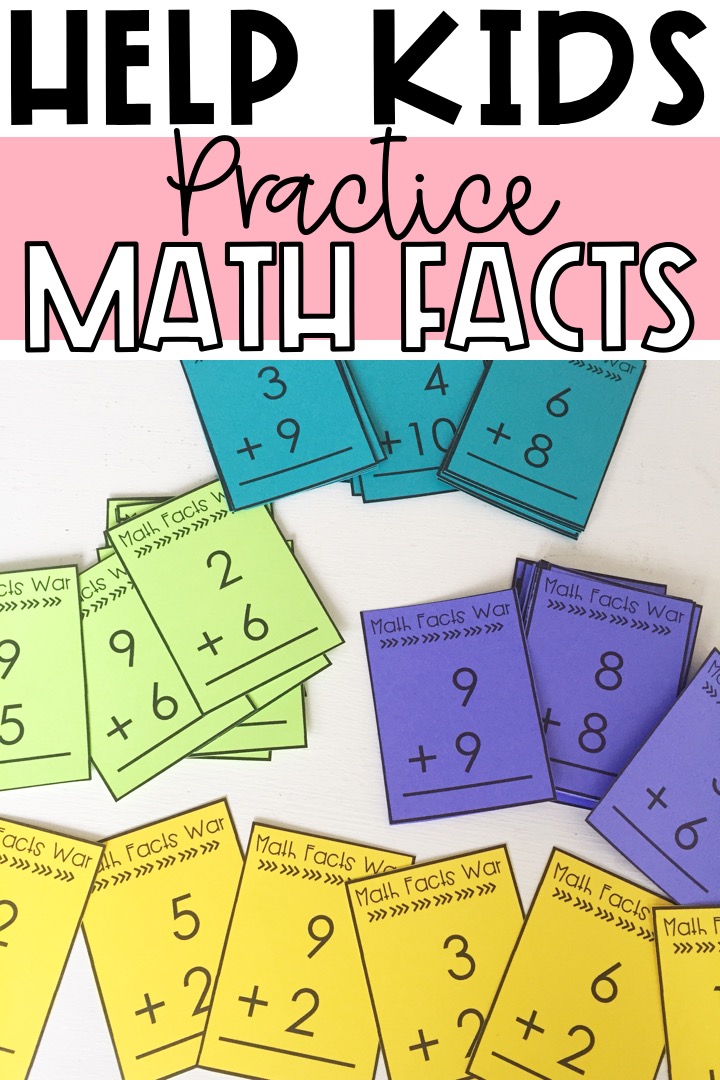
I also have a math fact center for our center’s time. This is just a couple of ways that students can get the practice they need to memorize math facts! I give you a list of games you can play with my math facts in my free workbook: The 7 Steps to Ensure Math Fact Fluency. Get yours here!
2. Use Songs and Chants:
Students are better able to memorize when you bring in songs and chants! I use a song to help students remember all of the doubles facts.
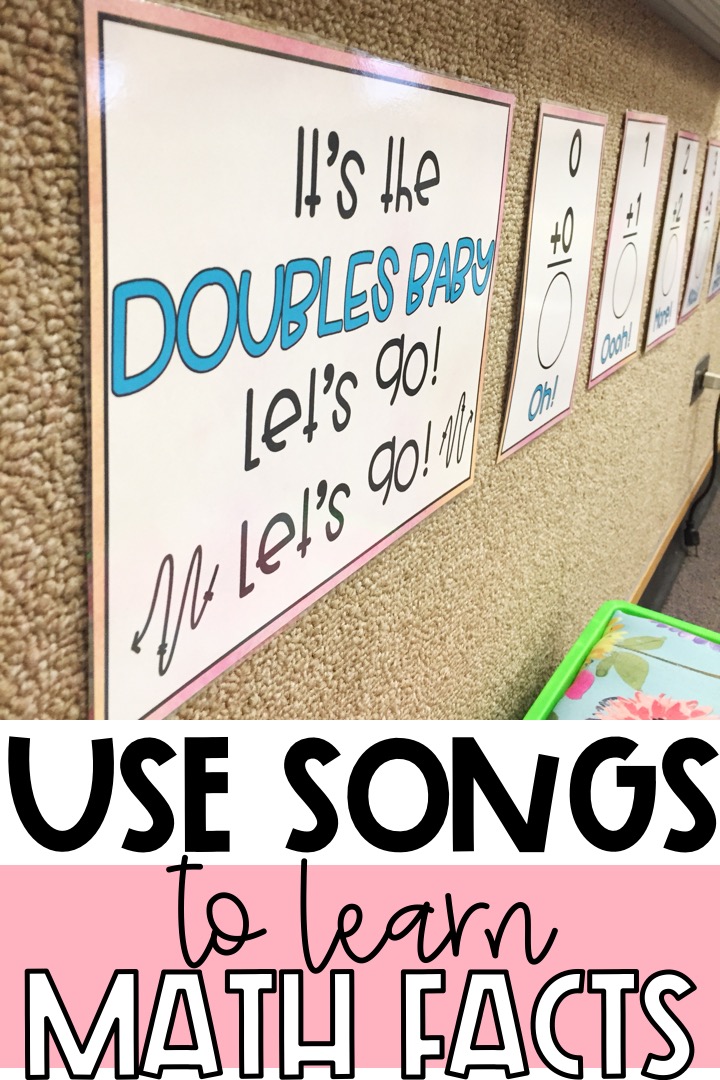
I also have posters to help students remember the rhyme that goes with the song. And it works! Students are able to memorize double facts so quickly. From there, I show students how to find the answer to near doubles facts. To learn more about how to teach the Near Doubles Strategy, read this blog post here.
3. Teach Math Fact Strategies:
When it comes to basic math fact practice, students need to see the relationships between the basic facts. That is why I teach math fact strategies. If students know one fact, they can know other facts quickly by using strategies. One of my favorite strategies to teach is using fact families.

Once students see the relationships, they automatically know other ones. For example, if students know 8+2=10, then they already know 2+8=10. They can also know 10-8=2 and 10-2=8. Students do need practice with strategies to know these patterns, that is why I use task cards to help them. Find the task cards I use in my classroom here. I share all the strategies I teach in my classroom in my free workbook: The 7 Steps to Ensure Math Fact Fluency. Get yours here!
4. Model Using Math Fact Strategies:
If students are going to use math fact strategies to learn basic math facts, then they need to see you using them! When a math fact comes up in your regular math fact lesson, model how to find the answer with a strategy. The more they help solve a basic math fact with a strategy, the more it is likely they will commit the fact to memory. To help me model math fact strategies, I always keep a number line and ten frames up on my white board.
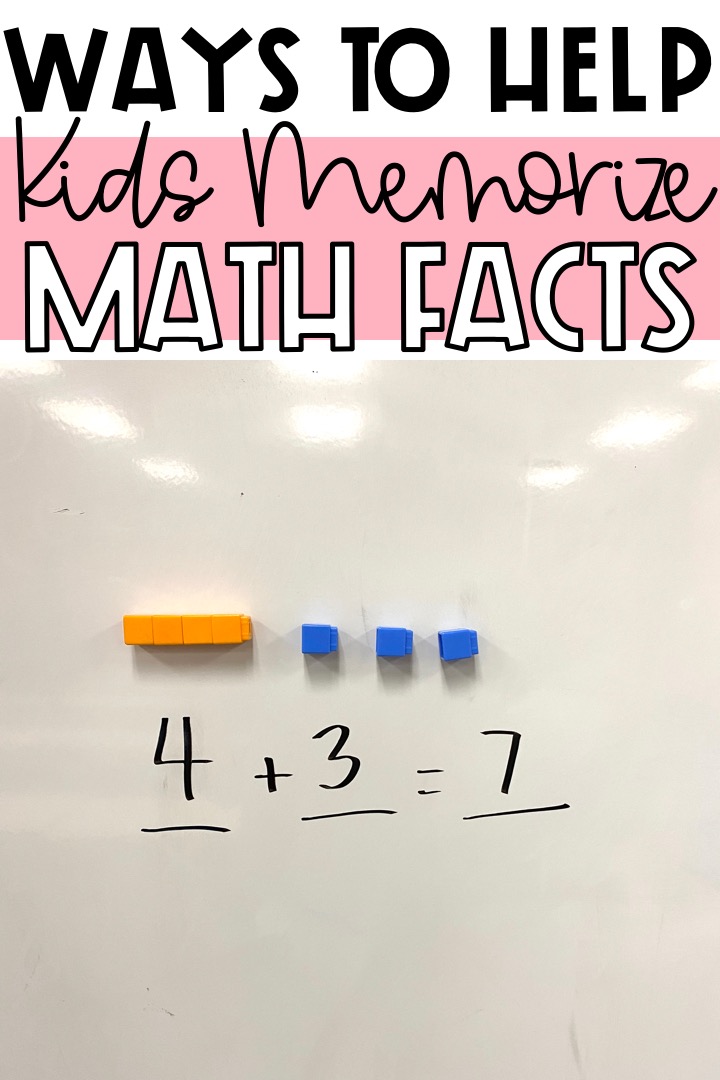
5. Make it Hands On:
Help students see the facts visually! Help them manipulate the equations and numbers. Use linking cubes to break apart numbers and write equations. Help them fill out ten frames to find the answer to equations. As they use more senses, they will understand the facts more, and be able to commit them to memory.

Helping students get to math fact fluency is so important. It helps them see the operations of math. It helps them as they move on to more difficult math, such as 3-digit addition and subtraction. They won’t need to stop their progress by trying to remember facts. Looking for more ways to help students memorize math facts? Download my free workbook for 1st and 2nd grade teachers: The 7 Steps to Ensure Math Fact Fluency
